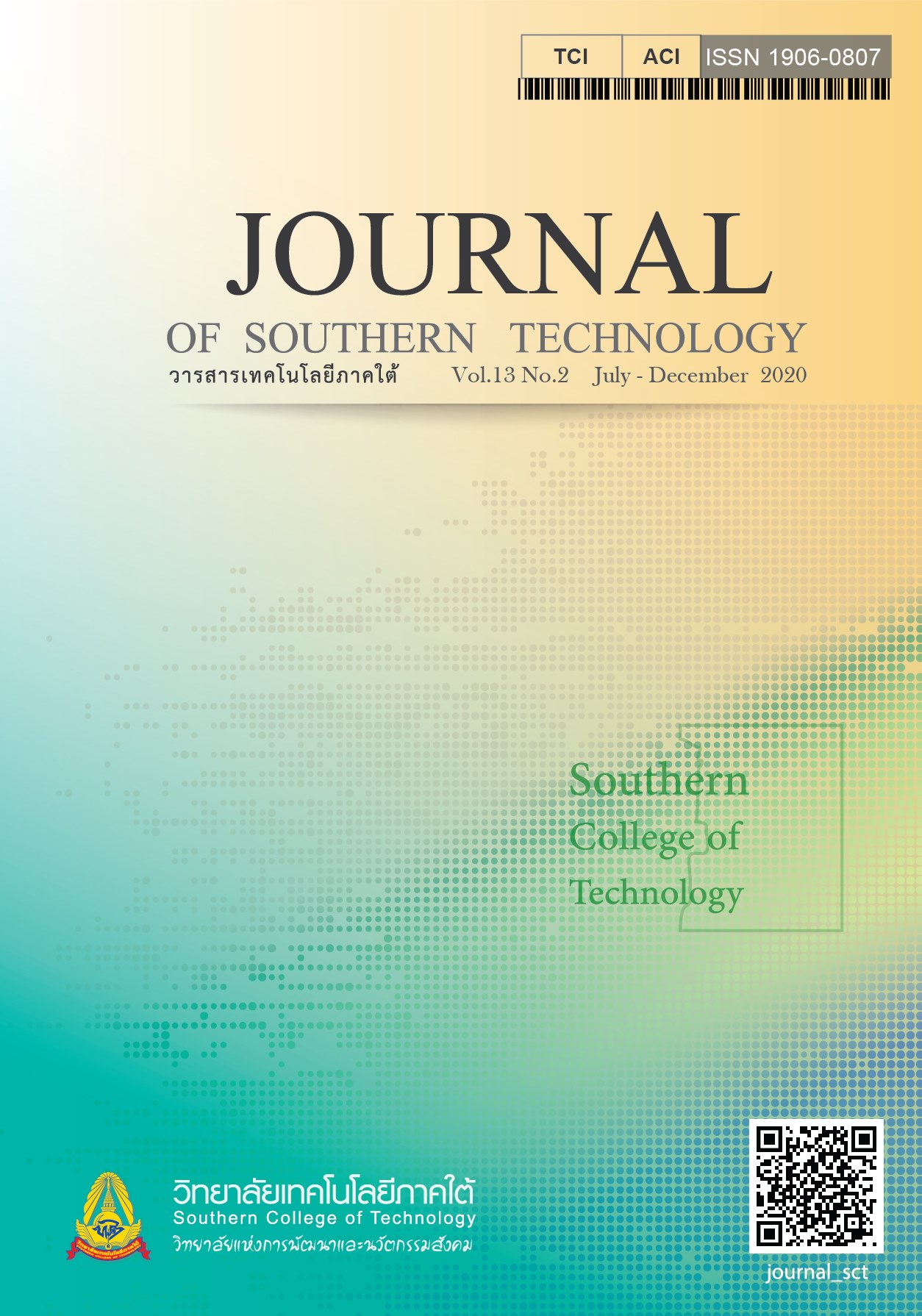An Assessment of Hybrid Media for Enhancing Learning in Mathematics
Main Article Content
Abstract
Traditional instruction in mathematics leads to boredom and lower learning achievement. The researcher thus initiated an idea to develop hybrid media for enhancing learning in mathematics with grade 1 students. The objectives of this study were 1) to compare learning achievement before and after studying, 2) to compare learning retention, 3) to study the attitude of students who learn mathematics through hybrid media and 4) to study students’ satisfaction toward learning with the developed media. The experiment was conducted with 27 first-grade students at Baan Suan Khwans School, Uthaithani province. Results indicated that 1) learning achievement of students after using hybrid media for enhancing learning in mathematics was higher at a statistically significant level of .05. Besides, their learning retention statistically showed stable learning outcomes after 2 weeks without any significant changes. Their attitudes of hybrid media to promote learning in mathematics in overall was at the highest level ( = 2.87, S.D.= 0.16). Similarly, their satisfaction toward learning with the hybrid media was at the highest level (
=2.86, S.D.=0.16). Findings of this study could be applied to first-grade students across the country as well as in teaching mathematics to students of other levels.
Article Details
-
Authors must agree to the journal publication rules and allow the editors to edit the manuscripts for publication.
-
Author’s right belongs to the author but Journal of Southern Technology holds the right of first publication and thus allow readers to use the article for the purpose of education but not commercial.
References
Atiker, B. (2012). Understanding the “HYBRID” media in design education. The Turkish Online Journal of Design, Art and Communication–TOJDAC, 2(2), 100-107.
Aemsupasit, S. (2011). Theories and Techniques in Behavior Modification. Bangkok: Chulalongkorn University Publisher. [in Thai]
Boonnak, K. (2016). Results Based Management: RBM. Bangkok: National Institute of Development Administration. [in Thai]
Charunphankasem, R. (2016). Synthesis of concepts development for encouraged system learning by integrated media on tablet with recognized system and tangible media of mathematics Prathomsuksa 1. EAU Heritage Journal Eastern Asia University, 11(2), 71-180. [in Thai]
Charunphankasem, R. (2018). A Development of Hybrid Media for Enhancing Learning in Mathematics (Doctoral Dissertation). King Mongkut's University of Technology North Bangkok. [in Thai]
Hongpu, T. (2016). The Development of Programed Instruction with SDL Technique on “Learning about ASEAN Community” to Improve self-discipline, Learning Achievement and Learning Persistence for Grade 6 Students (Master’s Thesis). Sakon Nakhon Rajabhat University. [in Thai]
Khaemmanee, T. (2012). Science of Teaching Pedagogy: Efficacy for Knowledge Management. Bangkok: Chulalongkorn University Publisher. [in Thai]
Lall, G.R., & Lall, B.M. (1983). Ways Children Learn. Illinois: Charles C. Thomas Publishers.
Nachairid, D. (2014). Development of Blended Learning Model Using Collaborative and Case-Based Learning to Enhance Critical Thinking Problem Solving Thinking and Team Learning of Undergraduate Education Students (Doctoral Dissertation). Silpakorn University. [in Thai]
Pananu, P., Sriampai, P., & Nimjinda, P. (2011). The Result of a Group Skill Practice in Math, Addition and Subtraction, with Numbers of Minuend Augend and Results less than 100,000 for 3rd Grade Students. By Comparing Japanese Abacus Activities with Normal Activities. Retrieved September 25, 2017, from http://journal.drchalard.com/ journal/3/3_1/aded_3_1.77-88.pdf. [in Thai]
Piaget, J. (1952). The Original of Intelligence in Children. Trans, by Marget Cook. New York: International Universitiy Press.
Simalatao, P., & Sirisukpoca, U. (2015). Development of Electronic Model to Increase Learning Achievement of Secondary Education by using the issue based on local wisdom with various online media. Retrieved September 25, 2017, from http://tdc.thailis.or.th/tdc/browse.php? option=show&browse_type=title&titleid=421226. [in Thai]
Suntipada, C., & Chirapan, P. (2009). The Montessori Method of Early Childhood Education. Nakhon Pathom: National Institute for Child and Family Development. [in Thai]
The National Institute of Educational Testing Service. (2017). Retrieved September 25, 2017, from https: // www. niets.or.th/th/.[in Thai]
Malone, T.W. (1980). What makes things fun to learn? Heuristics for designing instructional computer games. In Proceedings of the 3rd ACM SIGSMALL Symposium and the First SIGPC Symposium on Small Systems (PP.162-169). New York: ACM.
Tantipalachiwa, K. (2002). Teaching Model of Early Childhood Education. Bangkok: Edison Press Products. Co., Ltd. [in Thai]
Tantipalachiwa, K. (2004). Learning Activities for Early Childhood. Bangkok: Edison Press Products. Co., Ltd. [in Thai]
Teanthong, M. (2006). Blended learning: blended learning in the ICT (Part 1). Journal of Industrial Education, 1(2), 48-57. [in Thai]
Wattayu, K. (2007). Research for Educational. Bangkok: Tanaponkanpim. [in Thai]
Wayne, G. (2007). Voice Recognition and Speech-to-Text Pilot Implementation in Primary General Education Technology-Rich e- MINTS Classrooms. Angie Nickell, Supervisor for Effective and Innovative Research Heidi Atkins Lieberman, Assistant Commissioner for Special Education. Retrieved October 8, 2007, from http:// emints.org/wp-content/ uploads/ 2014/09/.pdf.

